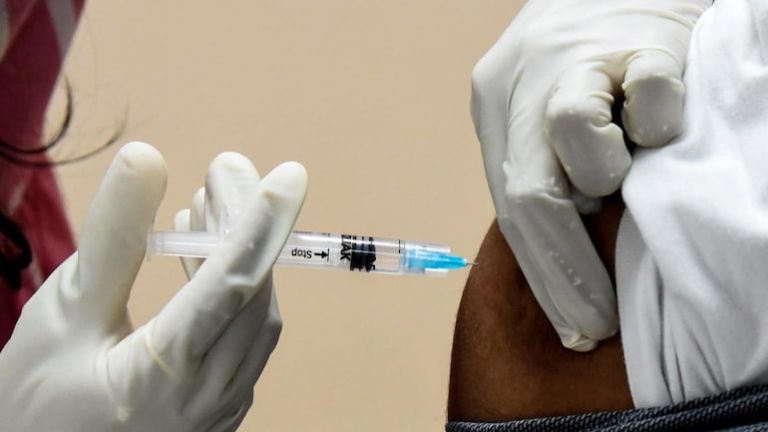
Covid-19 vaccine. COURTESY
My first vaccination shot against the Coronavirus was a bit of an adventure. I was given a 7:00am appointment at the All India Institute of Medical Sciences (AIIMS), New Delhi, on 8 March.
I arrived well on time, at the gates of the new RAK outpatient building. RAK stands for Rajkumari Amrit Kaur, a princess from the Kapurthala royal family, who was independent India’s first woman cabinet minister.
It was she, who as the Minister of Health, introduced the bill on February 18, 1956, to start AIIMS. The new RAK-OPD was inaugurated by the current Health Minister, Dr Harsh Vardhan, last year in July, right in the middle of the pandemic. It is a massive multistorey structure, with a built up area of close to 70,000 square feet.
With 18 departments, 270 counselling and 50 procedure rooms, and 13 minor operation theatres, it is easily the biggest outpatient facility in India.
The first shot
The guard said, looking me up and down, “Sir, the vaccination only starts after 9:00.” I said, “Then, why have they given me a 7:00 appointment?” I sat under a tree in the lawns, enjoying the pleasant morning air. After a while, two kind doctors in white overalls directed me to the 8th floor hold area. Many seniors were already waiting patiently, in socially distanced seating, while the cleaners and staff were busy disinfecting the surfaces and preparing for the day ahead.
After filling consent forms, checking ids, getting numbered token slips and so on, my turn finally came. The jab itself was painless and brisk, very efficiently administered by the nurses. After half-an-hour’s observation and a free bottle of water, I was let out.
The scene outside was quite different from the quiet morning I had witnessed. Now, there were thousands of people milling about, trying to be treated for various ailments in the massive facility. What a huge challenge, but how well met, considering the odds!
The second wave
With Covid-19 cases crossing 230,000 in a single day, however, India is in the midst of the second wave of the pandemic. This one looks even more infectious. Though the number of the vaccinated has crossed 120 million, the country is in acute distress. The worst affected state, Maharashtra, reported close to 400 deaths in the last 24 hours, with 67,000 new cases on Saturday.
With over 175,000 casualties since the start of the pandemic, the disease has taken a terrible toll. Most of us know someone who was claimed or killed. Now, after a deceptive lull, the second surge has caught not just the authorities, but the whole country, off-guard. In response to Prime Minister Narendra Modi’s appeal, many saints and leaders in the Haridwar Kumbh Mela have wound up their congregations.
The demand for hospital beds, oxygen cylinders, antiviral drugs, not to mention space in crematoria and burial grounds has reached critical levels.
Several parts of the country, especially in the worst-hit states such as Maharashtra and Gujarat, are already into various stages and severities of a second lockdown. Delhi, too, is practically shut down, with only those with passes allowed outside their homes this weekend.
The second shot
It is time for my second vaccination shot, almost six weeks since my first. The vaccine administered to me, is Covaxin, manufactured indigenously by Bharat Biotech in collaboration with the Indian Council of Medical Research (ICMR).
Though proud to have received it, I realise that it is not available in Himachal Pradesh, the state, let alone Shimla, its hilly capital, where I stay. Going to Delhi during this lockdown does not seem feasible. So, as I set out to the border town of Rupnagar (formerly Ropar) four hours away in Punjab, it seems as if my second dose will also be somewhat of an adventure.
After so much panic and alarm in the media, especially on television, we have a rather quiet journey snaking down on curvaceous mountain roads down to the plains. There are few people about on a Sunday, but they look calm. Many are also walking about unmasked. The roadside shops and eateries are open too, but mostly without customers.
When we finally reach the Civil Hospital, it wears a deserted look. There are very few Covid patients and families about, let alone vaccine seekers. Sunday afternoon? I speak to the Senior Medical Officer, who is very polite. “Sir, we can’t vaccinate only you. There are ten doses in a vial, so a minimum of eight patients are needed, else there’s so much wastage.” I agree, wondering whether to check into a hotel and come back tomorrow.
Suddenly, in a flurry of activity, an administrator arrives, with six vaccine-seekers in tow. My wife and I make the remaining two for the magic number eight. But they find her ineligible. The vaccines are, in the end, administered. Just as we are leaving, we find another couple and a straggler rushing to the centre. Ten out of ten — no wastage!
Nassim Nicholas Taleb defines anti-fragility as the ability not just to survive shock, but “thrive and grow from volatility, randomness, disorder, and stressors and love adventure, risk, and uncertainty.”
With an ancient Harrapan excavation site right next to the hospital, my vaccine experience has confirmed my belief that the Indian civilisation is not only resilient, but anti-fragile. I hope the next few weeks will bear me out as we recover from, even overcome, the second surge of the pandemic.
*The article published in Gulf News







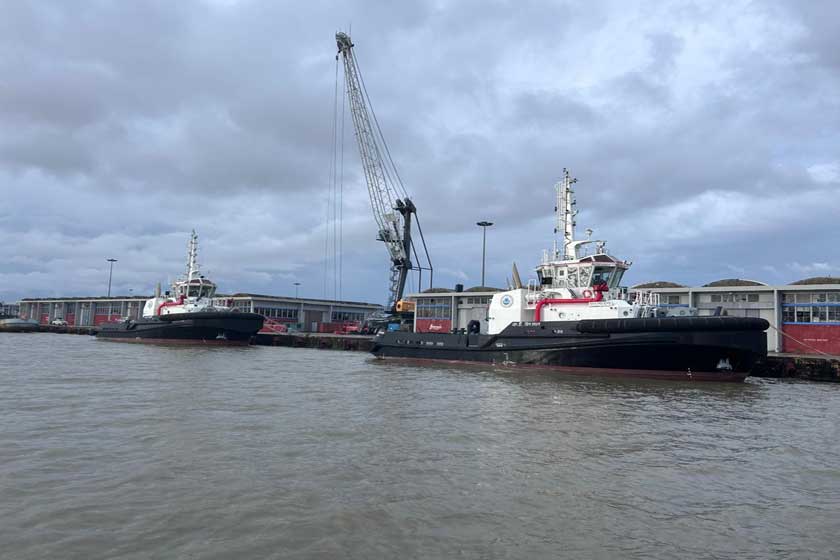
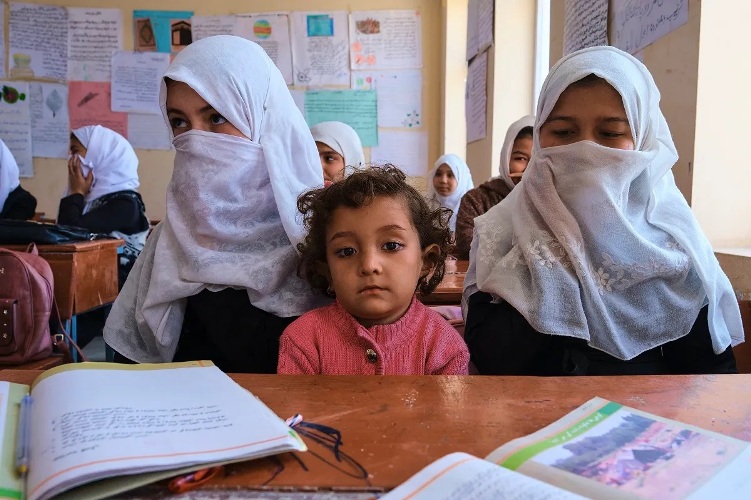
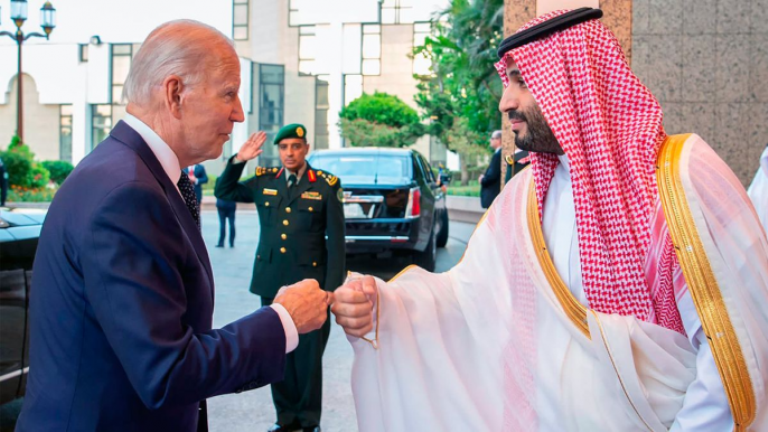

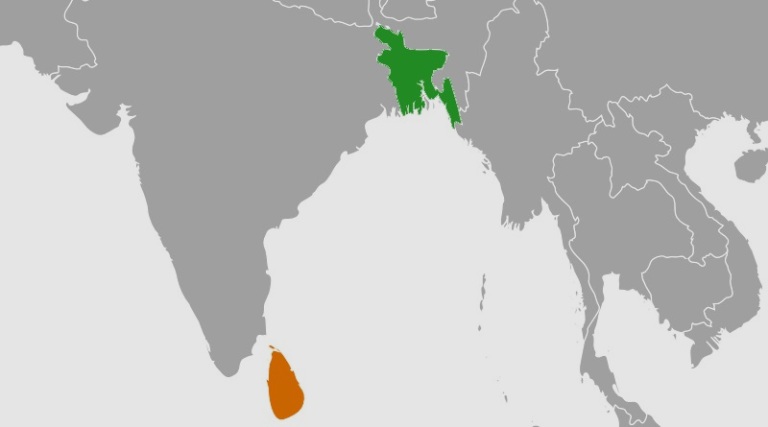
0 Comments